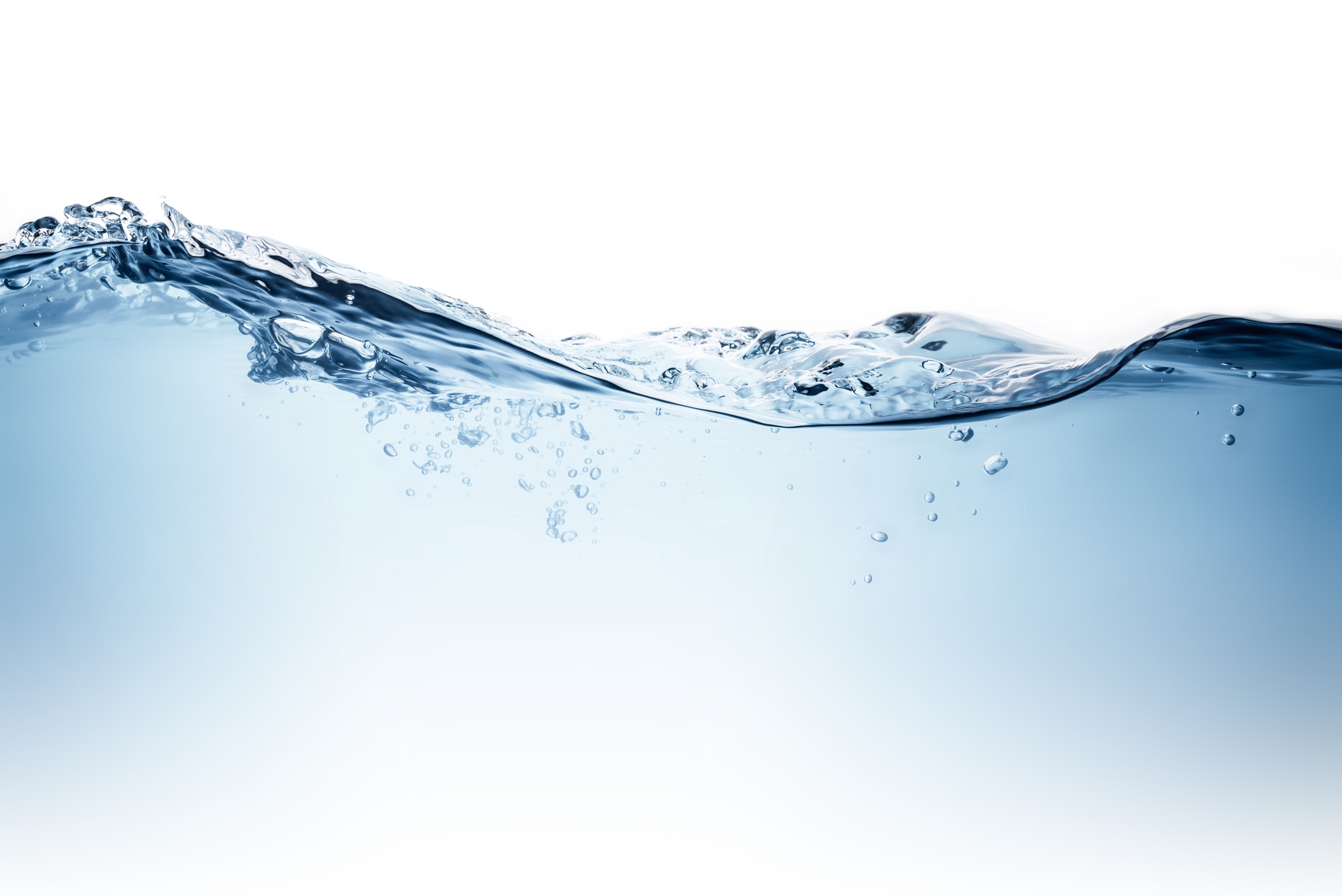5.5 Opportunistic pathogens
Opportunistic pathogens of concern in drinking water are summarised in Table 5.7. Naegleria fowleri, Burkholderia pseudomallei and Legionella pneumophila are particularly significant. Each of these has been linked to deaths associated with exposure to contaminated drinking water.
Additional information and references on the opportunistic pathogens listed in Table 5.7 are available in the relevant Fact Sheets in Part V.
Table 5.7 Opportunistic pathogens of concern in Australian drinking water
Bacteria
Aeromonas spp.
Systemic infections; wound infections;
Ingestion, dermal (open wound)
Burkholderia pseudomallei
Melioidosis
Dermal, ingestion, inhalation
Legionella spp.
Legionnaires’ disease
Inhalation, aspiration
Pontiac fever
Mycobacteria
Pulmonary disease, skin ulcers, osteomyelitis and septic arthritis
Inhalation, dermal, ingestion
Pseudomonas aeruginosa
Skin infections
Protozoa
Naegleria fowleri
Primary Amoebic Encephalitis (PAM)
Intranasal
Acanthamoeba
Granulomatous amoebic encephalitis (GAE), amoebic keratitis
Ocular, dermal (open wound), inhalation
Specifying a health-based target for opportunistic pathogens is not practicable. Management of opportunistic pathogens relies on the four following aspects:
Assessment of source water contamination: Opportunistic pathogens are naturally occurring environmental microorganisms. They should be assumed to be present in source waters when the conditions (e.g. temperature) are consistent with the pathogen ecology (see the relevant Fact Sheets in Part V). For example, organisms such as Naegleria fowleri and Burkholderia pseudomallei are typically only present in warmer waters >25°C continuously or >30°C seasonally as they are thermophilic.
Drinking water treatment: Drinking water treatment processes that remove or inactivate enteric pathogens are adequate for treatment of opportunistic pathogens. In circumstances where minimal treatment is required for enteric pathogens (e.g. protected groundwater bores) the potential for contamination with opportunistic organisms should be assessed separately. Further information on treatment and disinfection of opportunistic pathogens can be found in the relevant Information Sheets in Part IV and relevant Fact Sheets in Part V.
Distribution network management: Opportunistic pathogens can grow in drinking water distribution systems (Storey and Kaucner 2009), depending on temperature, hydraulic demand, disinfectant type and concentration. Growth of Naegleria fowleri can represent a significant threat in systems where water temperatures are >25°C continuously or >30°C seasonally. Distribution networks should be managed using a combination of measures including maintenance of disinfectant residuals, minimising the number of dead-end mains and/or their inappropriate location. There is strong evidence that maintaining disinfectant residuals throughout distribution systems can provide a high level of protection against Naegleria fowleri (see Chapter 10 and the relevant Fact Sheets in Part V). Use of chloramination has been successful in removing Naegleria fowleri from long distribution systems in South Australia.
Management of in-premise plumbing systems: Plumbing systems can create conditions conducive to opportunistic pathogen (in particular Legionella) growth. Plumbing systems should be designed and managed to avoid warm water (keep stored cold water cold at <20°C and stored hot water at >60°C (WHO 2011c; enHealth 2015, WHO 2017) and avoid stagnation. Detailed guidance on managing the risks is given in the Guidelines for Legionella Control in the operation and maintenance of water distribution systems in health and aged care facilities (enHealth 2015).
